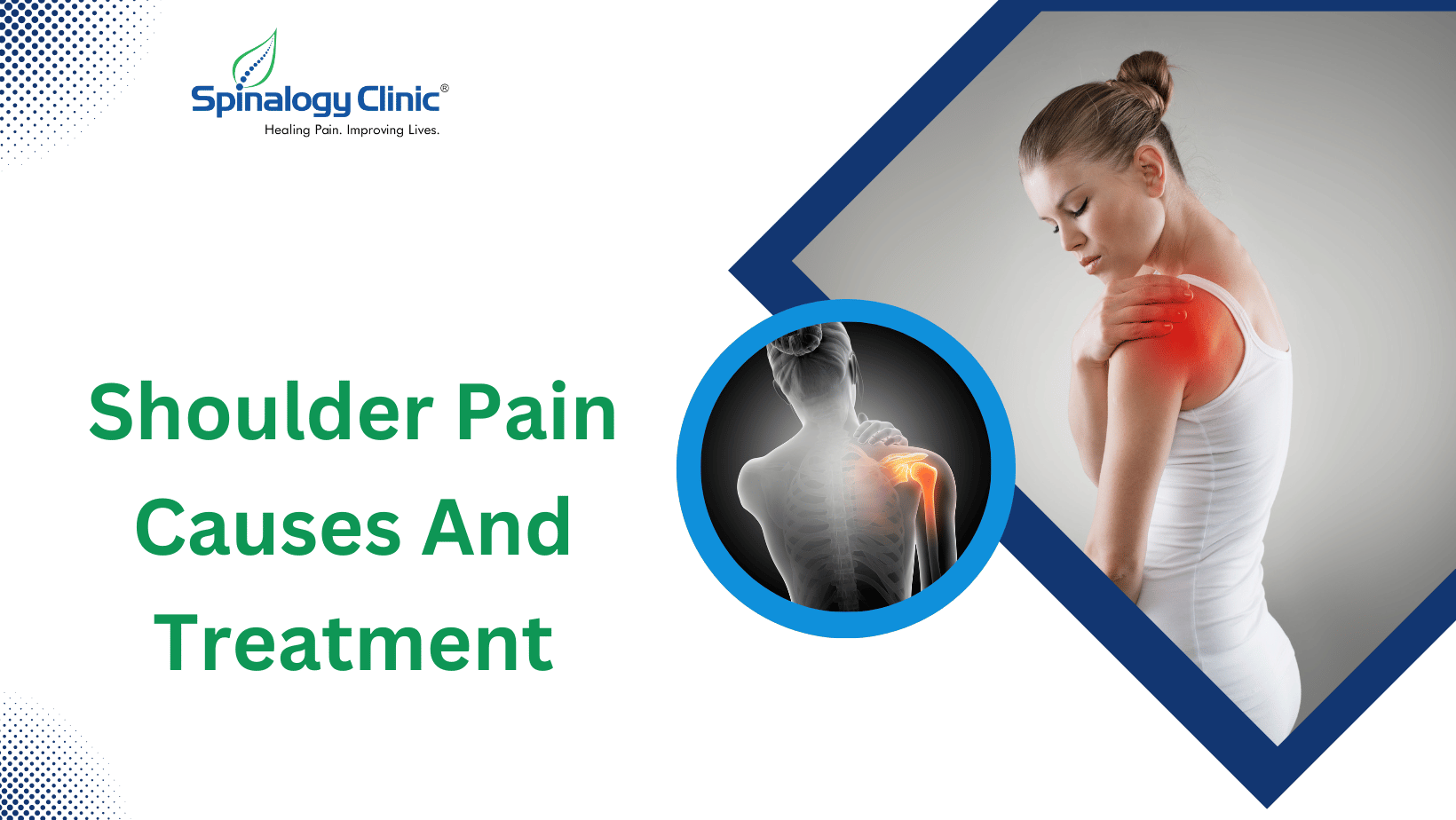Shoulder Pain Causes And Treatment
The three bones that make up the shoulder are the humerus, the clavicle, and the scapula. The shoulder joint or the glenohumeral joint allows the shoulder to move in multiplayer directions like forward, backward, and circular. This mobility is facilitated by the rotator cuff which is composed of tendons and provides the shoulder its range of motion. Although the shoulder is a very flexible joint owing to its ball and socket nature, it can get damaged in certain circumstances.
Causes and Symptoms of Shoulder Pain
The tendons of the rotator cuff are 4 in number and any injury to them can lead to rotator cuff tendonitis. Lifting heavy objects with an incorrect posture can also damage the shoulder and even cause dislocation. The cartilage cushioning the bones of the shoulder can also get torn and cause pain. Some other common causes are age-related bone degeneration, frozen shoulder, compressed nerve, stroke, injury to the spine, and arthritis.
Pain, swelling, and inflammation are the most common symptoms of a shoulder injury. Along with these, the range of motion will decrease and stiffness might be experienced. The pain and tenderness might worsen with certain activities involving the shoulder.
Diagnosis
Shoulder pain can be caused due to a multitude of reasons but some require medical assistance to heal. A fractured shoulder will not recover on its own and will need immediate attention.
Your physician will examine your medical records and conduct a physical exam. Doctor will ask you to move your shoulder in certain directions and pinpoint the location of the pain. Your symptoms would be analyzed and the activity or event that caused the injury might also be enquired about. Other than this you’d be asked to do some imaging tests to confirm the cause of pain and rule out other possibilities with overlapping symptoms.
Treatment for Shoulder Pain
The treatment varies from person to person and depends upon the extent of the injury. A mild injury can be treated at home with rest and heat/cold therapy. Using ice and heat therapy alternatively will help in reducing the inflammation and also prevent further aggravation of the injury. Avoiding activities that trigger pain is also very important to ensure a quick recovery. Over-the-counter medications can also be taken for pain relief. If the pain is severe and should need to be immobilized a sling can be of great use.
Another effective treatment with the least side effects is physical therapy. If the shoulder remains inactive for too long, the muscles can get weakened, and bouncing back to the previous level of mobility might become difficult. Your therapist will teach you certain mild exercises that will slowly restore the mobility and strength of your shoulder. Stretching is another important movement that will greatly help with stiffness. NSAIDs and corticosteroid injections are also very effective in treating the pain for a faster and smoother recovery. Your doctor might suggest sub acromial platelet rich plasma injection in case of tendinitis and ligament injury. Non-surgical treatments for shoulder pain are one of the most effective and non-invasive procedures available. With ample time and consistency of treatment, the shoulder can regain its original flexibility and strength.




